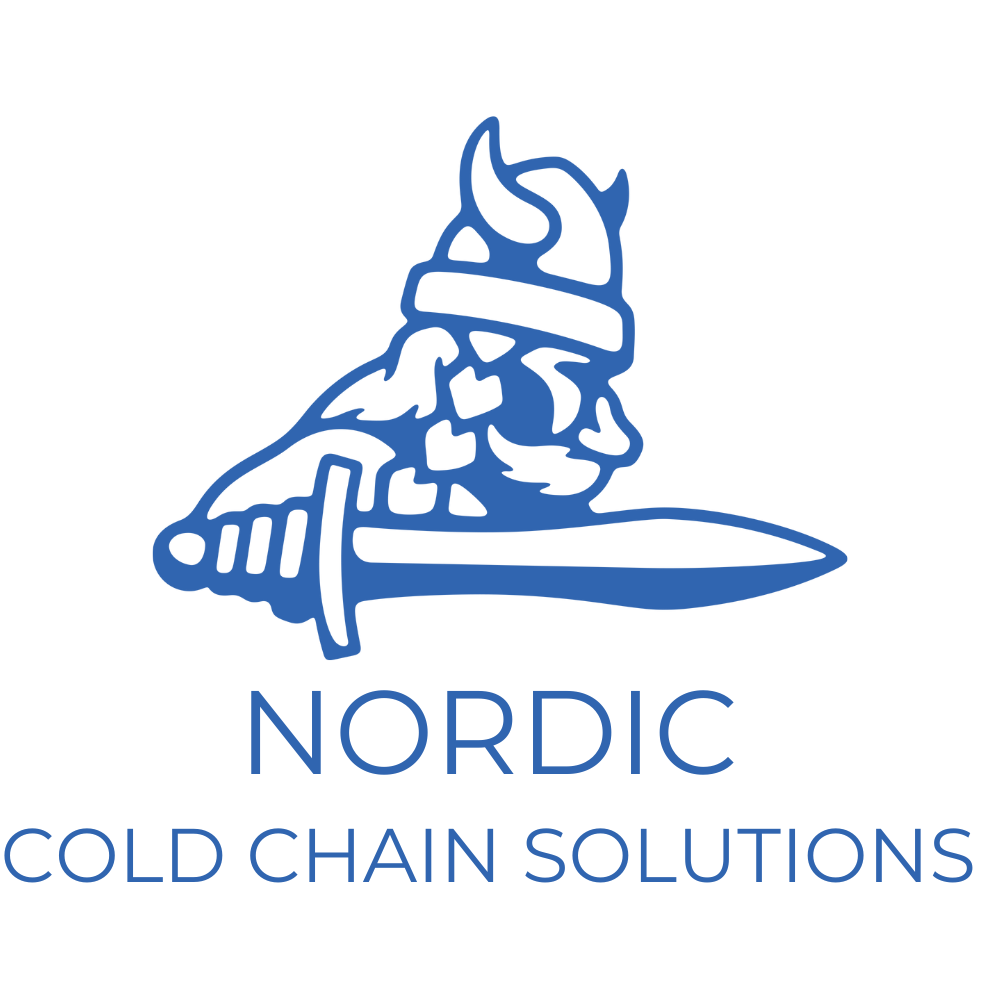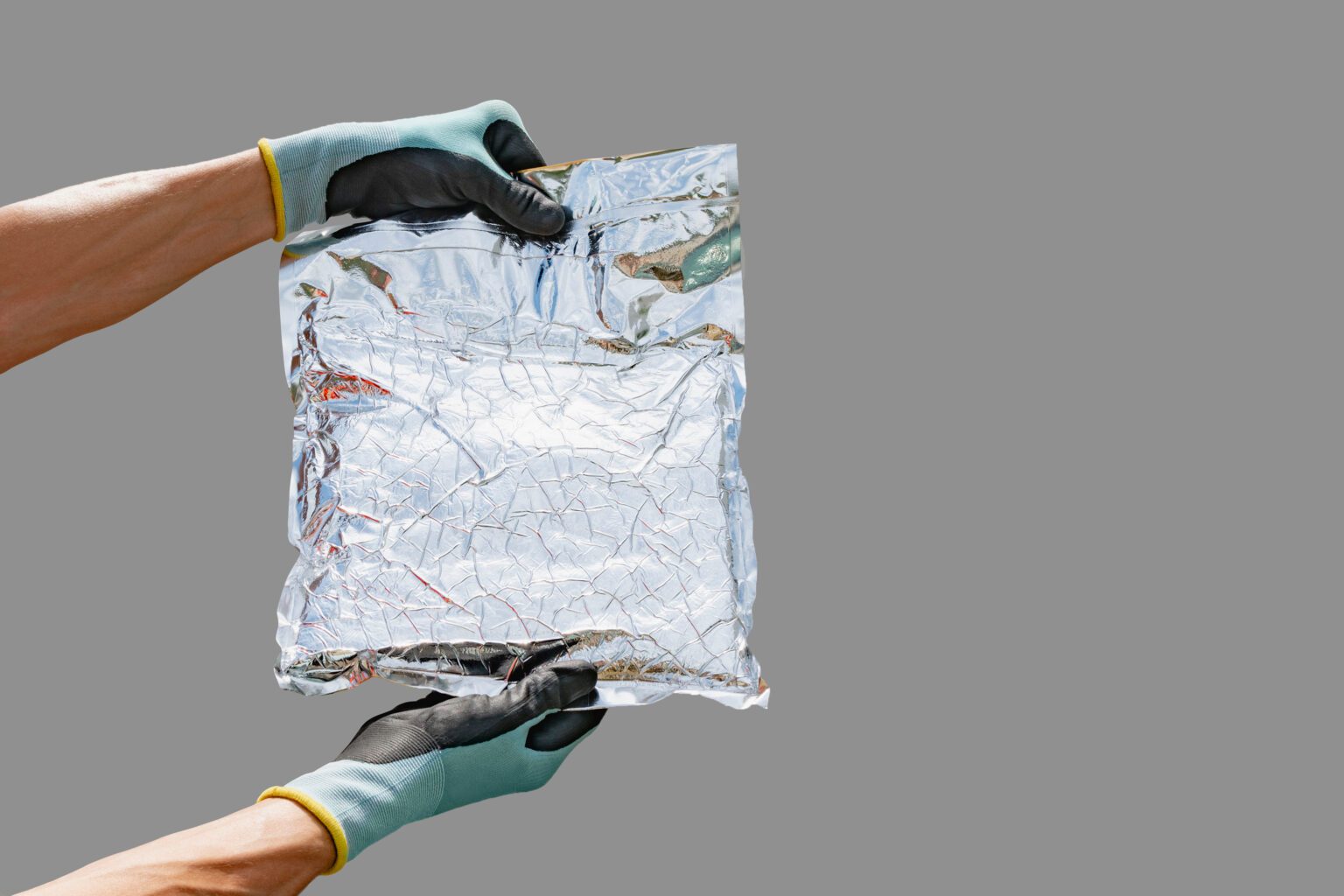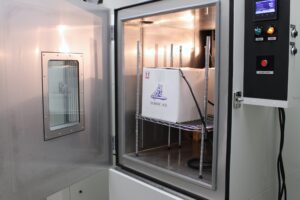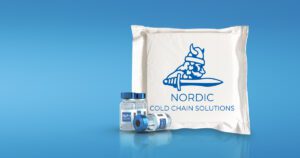The success of the cold chain industry depends on temperature control and safeguarding the quality of sensitive goods. This can mean minimizing exposure to extreme hot and cold temperatures to prevent spoilage and deterioration. To achieve this goal, two essential methods are employed in the cold chain – conduction and convection. Knowing how each works will help you understand why one is more suitable for a particular situation or environment than another. We’ll provide an easy-to-understand guide on what conduction vs. convection means and highlight their impact on your business’s cold chain operations.
Conduction in Cold Chain
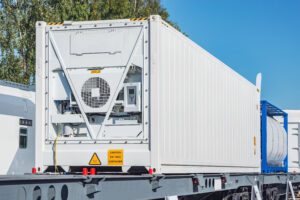 Conduction in cold chains refers to how heat energy or temperature changes are transferred from one material or body to another. Heat travels from a hotter source to a colder one until an equilibrium is established. This process can occur through various methods, including radiative transfer (involving no mass transfer), convective transfer (involving air movement) as well as direct contact between materials or bodies (conduction). Conduction requires direct contact between both surfaces, which allows particles and molecules to gain thermal energy when they vibrate due to contact with other materials. Within the context of cold chains, insulation helps maintain steady temperatures by reducing heat lost via conduction throughout different components like freight containers, transport pallets, cargo ships, etc.
Conduction in cold chains refers to how heat energy or temperature changes are transferred from one material or body to another. Heat travels from a hotter source to a colder one until an equilibrium is established. This process can occur through various methods, including radiative transfer (involving no mass transfer), convective transfer (involving air movement) as well as direct contact between materials or bodies (conduction). Conduction requires direct contact between both surfaces, which allows particles and molecules to gain thermal energy when they vibrate due to contact with other materials. Within the context of cold chains, insulation helps maintain steady temperatures by reducing heat lost via conduction throughout different components like freight containers, transport pallets, cargo ships, etc.
Convection in Cold Chain
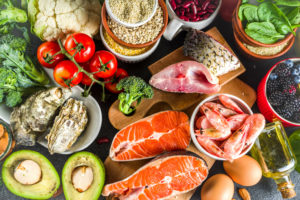
Convection in the cold chain is a process that involves controlling and managing temperatures for products through refrigerated transport. This ensures that the quality, safety, and freshness of various food items such as fruits, vegetables, dairy products, and others are maintained throughout their journey from origin to destination. The cold chain can be divided into three major components:
- Pre-harvest storage
- Shipped temperature storage
- Retail display storage.
To maintain product quality throughout its transit period, it is essential to control convection by ensuring a consistent temperature environment along the route from its source point till it reaches its final destination. Convective cooling can occur when products are stored at different temperatures within their containers or boxes, which then causes quicker freezing or thawing of specific areas than others due to increased air exchange between areas with different thermal energy levels. Minimizing these conditions of convective cooling during transportation results in maintaining the uniform temperature of all sides within the container or box so no area will become colder (or warmer) than necessary, leading to product loss due to spoiled conditions.
With respect to this necessary conduction, an efficient insulation system should be incorporated while designing containers used for transporting goods, thus preventing any air leakage inside them, resulting in desired optimal thermal performance, which ultimately leads towards the successful delivery of respected cargo at the final destination while still retaining superior quality within them.
How Temperature Packaging Works
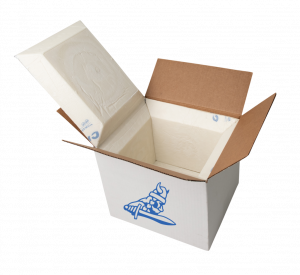 Temperature packaging is an innovative method used to control the temperature of a product during shipment or storage. It uses insulation, such as gel packs and foam blocks, to maintain the product at a specific temperature for an extended period of time.
Temperature packaging is an innovative method used to control the temperature of a product during shipment or storage. It uses insulation, such as gel packs and foam blocks, to maintain the product at a specific temperature for an extended period of time.
The process begins with insulation being placed inside the container along with the product. This could be in the form of rigid foam boxes, bubble wrap, packing peanuts, insulated blankets, or other protective material that will help keep temperatures within acceptable range. Then cold or hot gel packs are inserted into these insulated containers as needed to ensure that temperatures remain constant when shipping long distances. There are two methods for gel pack use:
- Active systems: Active systems require refrigeration units that keep necessary products at pre-set temperatures while in transit; this helps reduce spoilage because it eliminates unnecessary fluctuation in temperature during transportation.
- Passive systems: These systems rely on energy stored within larger items such as food and beverage containers. They maintain cooler temperatures due to their size and mass without extra refrigeration units required (unless extreme temperature conditions are encountered).
Depending on your particular needs, either of these systems can be used successfully when properly combined with other materials meant to protect against external elements like rain or extreme heat/cold while they’re traveling; protection is provided by secondary packaging layers such as corrugated cardboard flaps can also help hold everything together securely throughout its journey!
In addition, all items should be appropriately labeled with pertinent information about contents and intended destinations so that receiving personnel knows exactly what type(s)of materials have been shipped for further handling upon delivery if necessary!
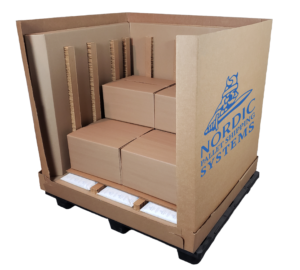
Summarizing
Conduction and convection are the two main ways heat transfer occurs in a cold chain. Conduction can be more efficient in large insulated spaces, and convection is often preferable when attempting to maintain a constant temperature over an extended period of time. It’s important to understand these heat transfer theories for anyone looking for efficient cold chain solutions, especially given the fact that it can be particularly challenging to maintain perishable safety and quality during transit in a refrigerated environment. Solutions such as the Nordic cold chain provide comprehensive options for controlling and monitoring temperatures broadly across perishable distribution networks, allowing you to keep your goods safe at all times.
